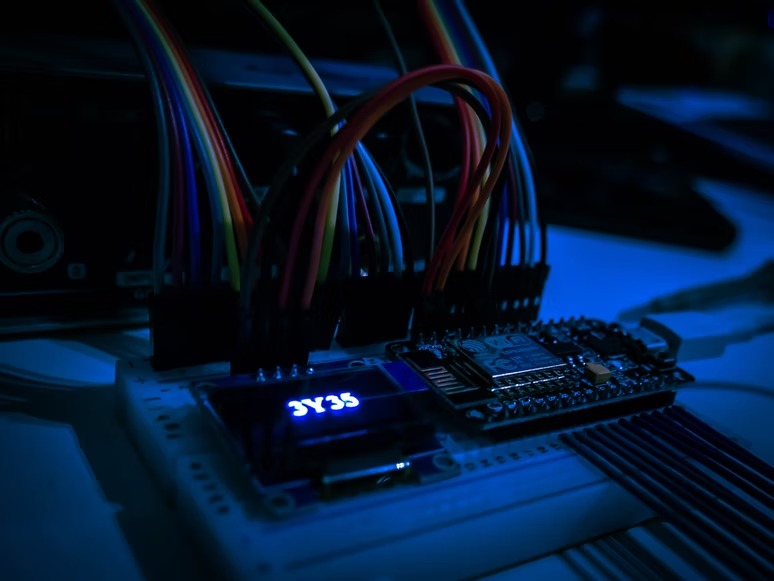To secure data filtering out unwanted traffic is vital. What Is Packet Filtering Firewall OSI Layer?
Packet Filtering Firewall OSI Layer
OSI Layer is used to describe the functioning of network communication. There are seven layers in the OSI model. These layers are used for communicating data. OSI layer is used for secure data transfer. Firewalls use this concept to filter out unwanted traffic.
When we want to filter out unwanted traffic, it has to be routed through different layers of network communication. This is the main function of a packet filtering firewall. A packet filtering firewall allows only specific traffic to pass through it. It also blocks any kind of traffic that doesn’t meet its set rules or policy.
Packet filtering firewall uses available network information to decide whether a packet is allowed or denied. The information available for this selection is offered by different layers of network communication. The decision of which layer is used in the decision process depends on what protocol the packet needs to be filtered out.
Physical Layer of Network Communication
The first layer that one has to consider for packet filtering is the physical layer of network communication. The physical layer is responsible for offering a reliable connection between two endpoints. These are computers, printers, or any other device that is going to send or receive data from another endpoint.
It offers a connection with a speed and a distance that both devices can handle and use on their own accord. No other devices are interfering with their communication due to the distance between them. It uses simple devices like a network cable, Ethernet cable, Wi-Fi, and the like.
When it comes to packet filtering, the second layer that is considered is the data link layer. This offers another level of reliability when it comes to end-to-end communication. It doesn’t have a direct part in network communication and only ensures that the data that is being transmitted is not corrupted.
It does so using a protocol that checks for errors, like a checksum. The third layer of network communication is the network layer. It has the main function of offering an end-to-end connection between network devices.
This includes routing, addressing, and other similar functions. So, the fourth layer that proves useful when it comes to packet filtering is the transport layer. This offers reliable communication between two endpoints by allowing them to communicate with each other.
You also make sure that they can communicate effectively.
The Fifth to Final Layer
The session layer allows two devices to negotiate with each other. This decides on how they want to communicate with each other, what encryption method to use, and what security measures are going to be used. Also, the sixth layer is called the presentation layer as it offers the opportunity for two devices.
This is to exchange content such as text or images in such a way that both parties understand exactly what it means. But without any kind of confusion or misunderstanding. The seventh and final layer of network communication is called the application layer.
It offers a way for two devices to send and receive information from each other regardless of their operating system, differences in languages, or protocols used. A packet filtering firewall is mainly used for networking purposes and mainly for servers. However, it can be used with any kind of device that requires additional security measures.
